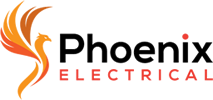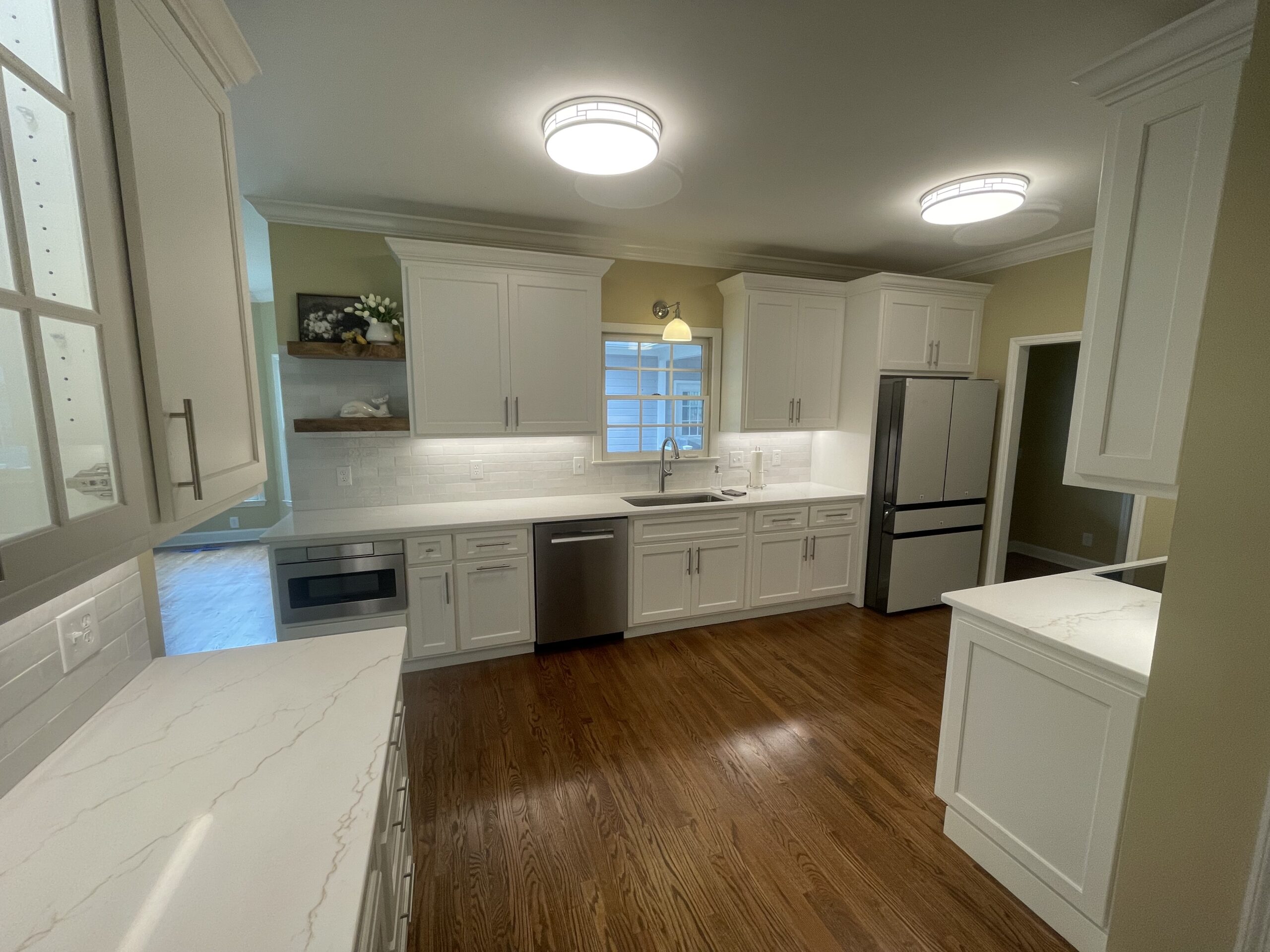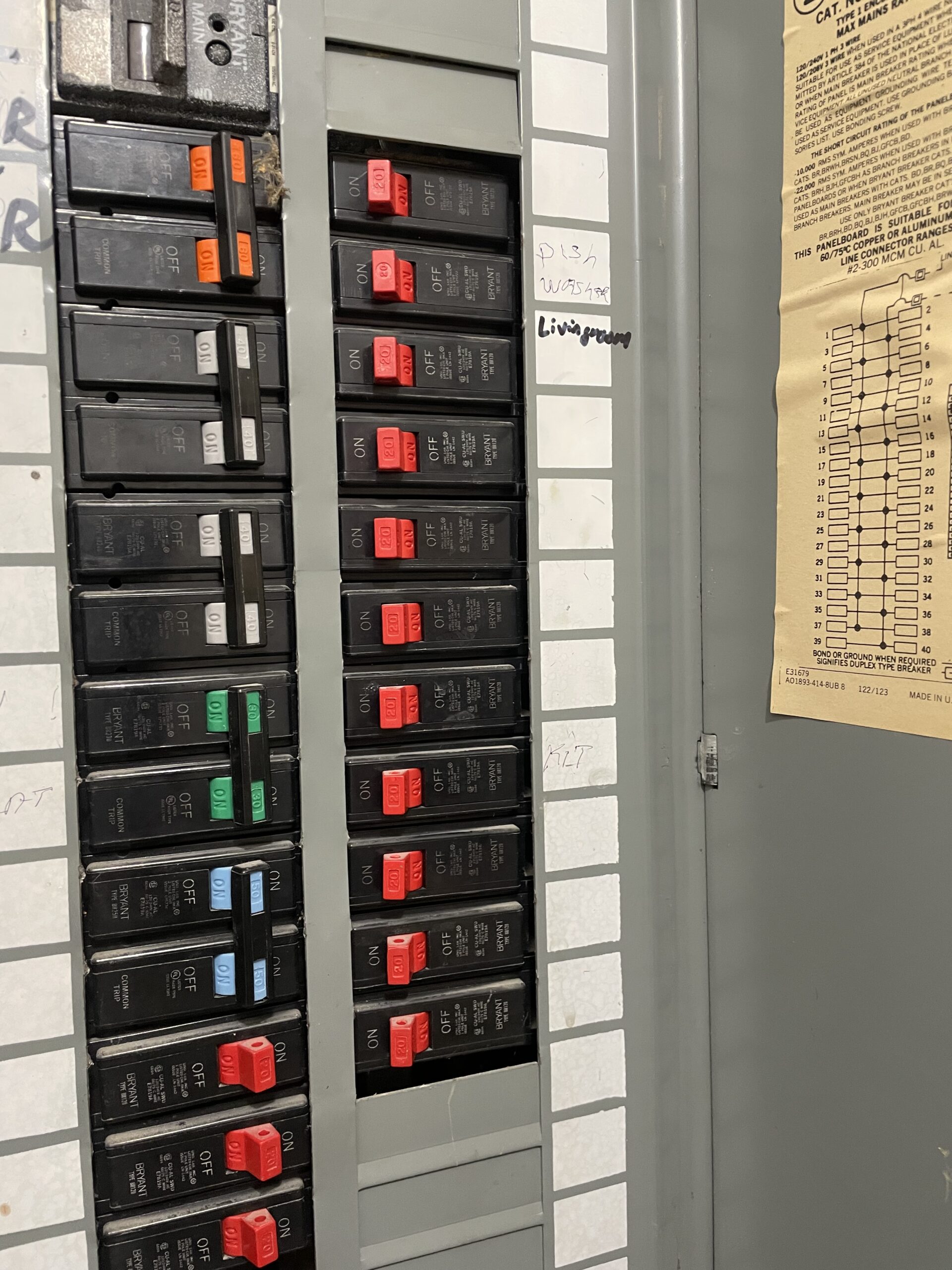What is Under Cabinet Lighting?
Under cabinet lighting is exactly what its name implies: it’s lighting that you add underneath the cabinetry to illuminate the area immediately surrounding the cabinets
A well-lit room calls for multiple layers of lighting to address every function of the space. Accent and task lighting are often overlooked for more general illumination, but we love both the looks and the utility of perfectly placed layers. It’s unlike a traditional lightbulb-style fixture because it’s designed to be hidden and space-saving, concealed by the cabinet trim so all you see is the light’s effect. These lights are important for workspace lighting or as aesthetic complements or both.
Under cabinet lighting will illuminate surfaces
While overhead lighting is the priority for many homeowners, you should also consider installing under cabinet lighting. In kitchens, craft rooms, dining rooms, bars and elsewhere, great general lighting can only go so far. When you are standing at the counter with your back to the light source, your body creates a shadow right on your workspace; cabinetry over countertops can create the same problem for overhead lights. Under cabinet lighting can illuminate surfaces and provide just the right amount of light to allow you to manage tasks with ease. When it comes to the kitchen, lighting is one of the most important aspects. Not only does it help you see what you are cutting up or stirring in the pot, it also defines the unique style and feel of your kitchen space.
Phoenix Electrical partners with leading lighting manufacturers, offering Northwest Georgia the best and latest technology, fixtures and controls. For high-quality materials and professional under cabinet lighting installation, call Phoenix Electrical at 706-607-6332 to arrange for your free estimate.




